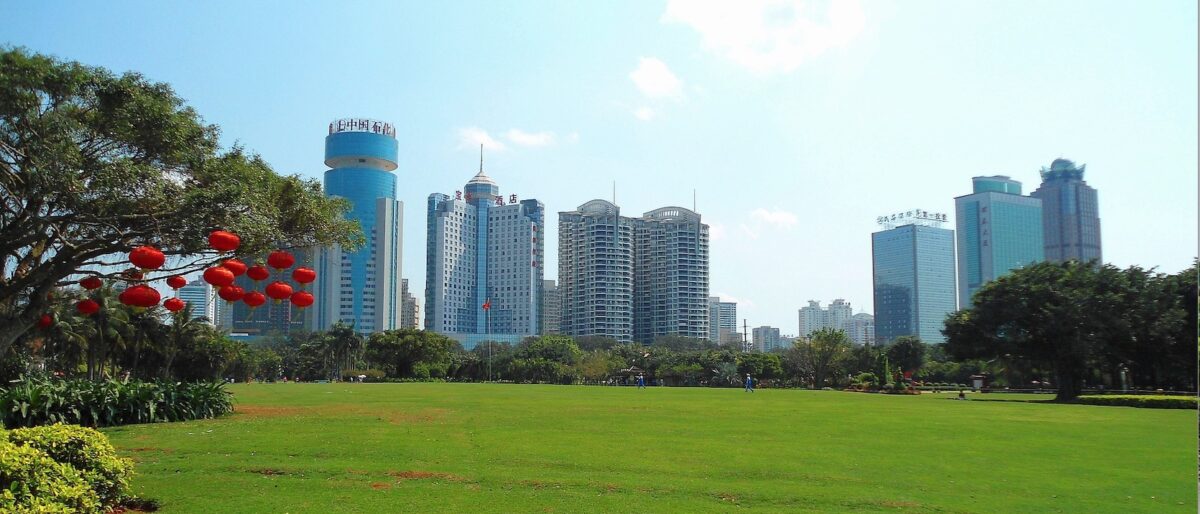Heatwaves can be deadly, especially when combined with high levels of humidity that make the air feel even hotter. The impact can be particularly strong in cities, which are often several degrees warmer than nearby rural areas due to the urban heat island effect. Here are some steps communities can take to adapt to climate change, which is making heatwaves more frequent and intense.
One way to reduce the effects of heat waves is through emergency cooling centers. Nick Rajkovich, assistant professor of architecture at the University of Buffalo, worked with planners around the city of Cleveland to understand how they prepare for hot weather. Strategies include planting more trees and shrubs, which provide shade and cool the air; insulating buildings with shutters and light-reflecting materials; and preparing emergency kits for power outages that include food, water, and radios.
In Rajkovich's view, the most important thing is for different agencies and organizations to communicate with each other and plan together to take complementary actions. "In Cleveland, preparing for extreme heat events brought professionals together and encouraged overlapping approaches, since no single strategy is a sure thing," he notes. Officials "should be pursuing multiple solutions."
Many types of green infrastructure can help neighborhoods cope with the impact of severe weather. For example, permeable pavement and rainwater collection are two tools for managing floods and reducing runoff from rainwater. Scientists at the University of Notre Dame, such as Ashish Sharma, have researched the use of green roofs, covered with drought-resistant plants, to cool hot urban areas. In a study in Chicago, Sharma and his team determined that low-income neighborhoods in the southern and western parts of the city would particularly benefit from the installation of green roofs, as it would make the areas less vulnerable during power outages.
Source: universal-sci.com

